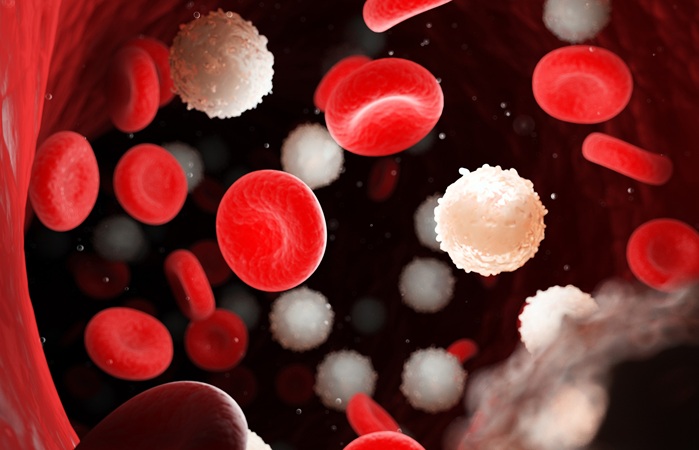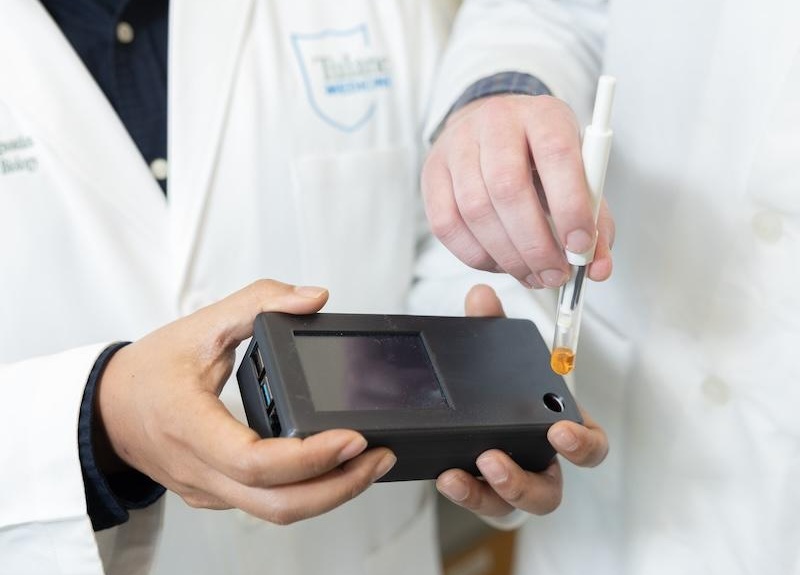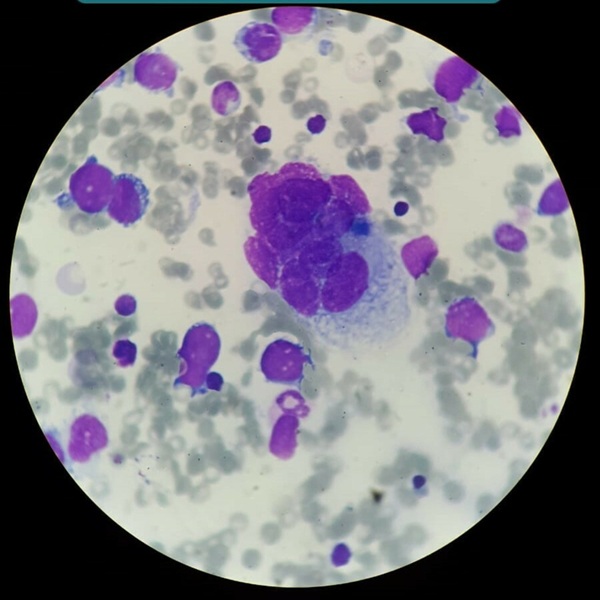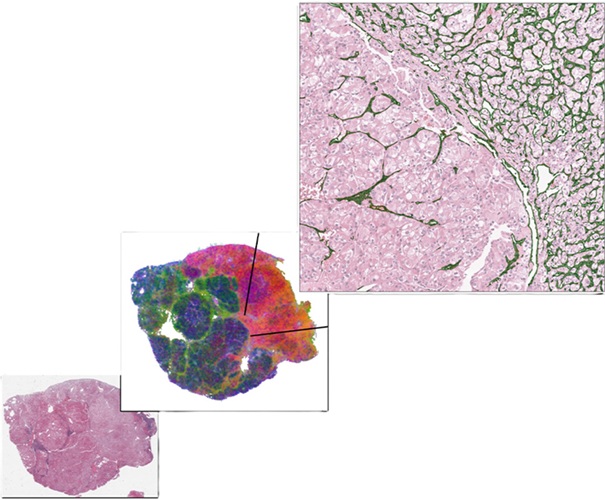Strange Chimeras Defy Scientific Understanding of Human Genetics
|
By LabMedica International staff writers Posted on 18 Oct 2016 |

Image: A diagram of mechanisms of RNA-Mediated DNA Rearrangement. (A) Chimeric RNAs act as repair templates for double-strand DNA breakage. (B) Chimeric RNAs act as scaffolds to bring two genomic loci into proximity, which might promote breakage and fusion between the two gene loci (Photo courtesy of the University of Virginia).
The human genome is far more complex than thought, with genes functioning in an unexpected fashion that scientists have wrongly assumed must indicate cancer as gene fusions and their encoded products fusion ribonucleic acids (RNAs) and proteins are viewed as one of the hallmarks of cancer.
Traditionally, gene fusions were thought to be generated solely by chromosomal rearrangements. However, recent discoveries of trans-splicing and cis-splicing events between neighboring genes suggest that there are other mechanisms to generate chimeric fusion RNAs without corresponding changes in DNA.
Scientists at the University of Virginia (Charlottesville, VA, USA) have reviewed the emerging field that is challenging fundamental assumptions about human genetics. They seek to understand what is called chimeric RNA, genetic material that results when genes on two different chromosomes produce "fusion" RNA in a way scientists say should not happen. Scientists have traditionally assumed these chimeric RNA are signs of cancer, of something gone wrong in the genetic transcription process, but the investigators work shows that's not always the case. Instead, these strange fusions can also be a normal, functional part of our genetic programming.
In addition, chimeric RNAs have been detected in normal physiology, complicating the use of fusions in cancer detection and therapy. By contrast, ‘intergenically spliced’ fusion RNAs represents a new repertoire of biomarkers and therapeutic targets. The team reviewed the current knowledge on chimeric RNAs and implications for cancer detection and treatment, and discusses outstanding questions for the advancement of the field.
Hui Li, PhD, an associate professor of Pathology and senior author of the study, said, “This is the main concept we want to let the field of cancer biology know: this kind of thing exists in normal physiology. It's not cancer specific. There's a danger to assuming everything is cancer. That's actually dangerous. Don't rush to judgment about all of these chimeras you find in cancer cells, because they could occur in normal cells.”
Because these natural chimeras were discovered so recently, relatively little is known about them. Professor Li and his fellow scientists have shown that they occur when the instructions in our DNA are being carried out by RNA inside our cells. But the scientists can't say how the fusions occur or why they occur or exactly how frequently they occur. And that speaks to how much there is to learn. To build a foundation for discovery, Professor Li is creating a database of naturally occurring fusions, to help sort normal chimeras from ones that might be signs of cancer The study was published in the September 2016 issue of the journal Trends in Cancer.
Related Links:
University of Virginia
Traditionally, gene fusions were thought to be generated solely by chromosomal rearrangements. However, recent discoveries of trans-splicing and cis-splicing events between neighboring genes suggest that there are other mechanisms to generate chimeric fusion RNAs without corresponding changes in DNA.
Scientists at the University of Virginia (Charlottesville, VA, USA) have reviewed the emerging field that is challenging fundamental assumptions about human genetics. They seek to understand what is called chimeric RNA, genetic material that results when genes on two different chromosomes produce "fusion" RNA in a way scientists say should not happen. Scientists have traditionally assumed these chimeric RNA are signs of cancer, of something gone wrong in the genetic transcription process, but the investigators work shows that's not always the case. Instead, these strange fusions can also be a normal, functional part of our genetic programming.
In addition, chimeric RNAs have been detected in normal physiology, complicating the use of fusions in cancer detection and therapy. By contrast, ‘intergenically spliced’ fusion RNAs represents a new repertoire of biomarkers and therapeutic targets. The team reviewed the current knowledge on chimeric RNAs and implications for cancer detection and treatment, and discusses outstanding questions for the advancement of the field.
Hui Li, PhD, an associate professor of Pathology and senior author of the study, said, “This is the main concept we want to let the field of cancer biology know: this kind of thing exists in normal physiology. It's not cancer specific. There's a danger to assuming everything is cancer. That's actually dangerous. Don't rush to judgment about all of these chimeras you find in cancer cells, because they could occur in normal cells.”
Because these natural chimeras were discovered so recently, relatively little is known about them. Professor Li and his fellow scientists have shown that they occur when the instructions in our DNA are being carried out by RNA inside our cells. But the scientists can't say how the fusions occur or why they occur or exactly how frequently they occur. And that speaks to how much there is to learn. To build a foundation for discovery, Professor Li is creating a database of naturally occurring fusions, to help sort normal chimeras from ones that might be signs of cancer The study was published in the September 2016 issue of the journal Trends in Cancer.
Related Links:
University of Virginia
Latest Molecular Diagnostics News
- POC Oral Swab Test to Increase Chances of Pregnancy in IVF
- Microbial Cell-Free DNA Test Accurately Identifies Pathogens Causing Pneumonia and Other Lung Infections
- Non-Biopsy Approach to Transform Adult Celiac Disease Diagnoses
- Groundbreaking Molecular Diagnostic Test Accurately Diagnoses Major Genetic Cause of COPD
- First-in-Class Diagnostic Blood Test Detects Axial Spondyloarthritis
- New Molecular Label to Help Develop Simpler and Faster Tuberculosis Tests
- Biomarker Discovery Paves Way for Blood Tests to Detect and Treat Osteoarthritis
- Liquid Biopsy Assay Detects Recurrence in CRC Patients Prior to Imaging
- Ultra Fast Synovial Fluid Test Diagnoses Osteoarthritis and Rheumatoid Arthritis In 10 Minutes
- Genetic-Based Tool Predicts Survival Outcomes of Pancreatic Cancer Patients
- Urine Test Diagnoses Early-Stage Prostate Cancer
- New Genetic Tool Analyzes Umbilical Cord Blood to Predict Future Disease
- Spinal Fluid Biomarker for Parkinson’s Disease Offers Early and Accurate Diagnosis
- Revolutionary Blood Test Detects 30 Different Types of Cancers with 98% Accuracy
- Simple Blood Test Better Predicts Heart Disease Risk
- New Blood Test Detects 12 Common Cancers Before Symptoms Appear
Channels
Clinical Chemistry
view channel
AI-Powered Blood Test Accurately Detects Ovarian Cancer
Ovarian cancer ranks as the fifth leading cause of cancer-related deaths in women, largely due to late-stage diagnoses. Although over 90% of women exhibit symptoms in Stage I, only 20% are diagnosed in... Read more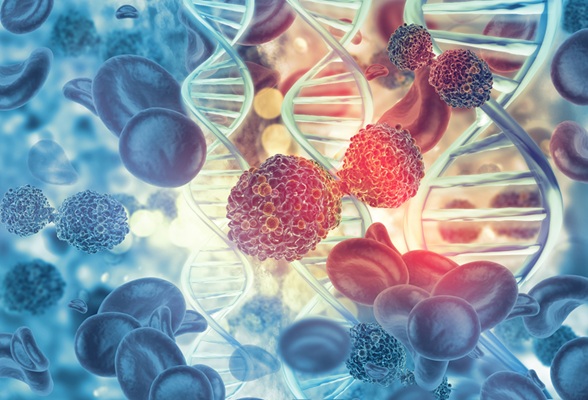
Automated Decentralized cfDNA NGS Assay Identifies Alterations in Advanced Solid Tumors
Current circulating cell-free DNA (cfDNA) assays are typically centralized, requiring specialized handling and transportation of samples. Introducing a flexible, decentralized sequencing system at the... Read more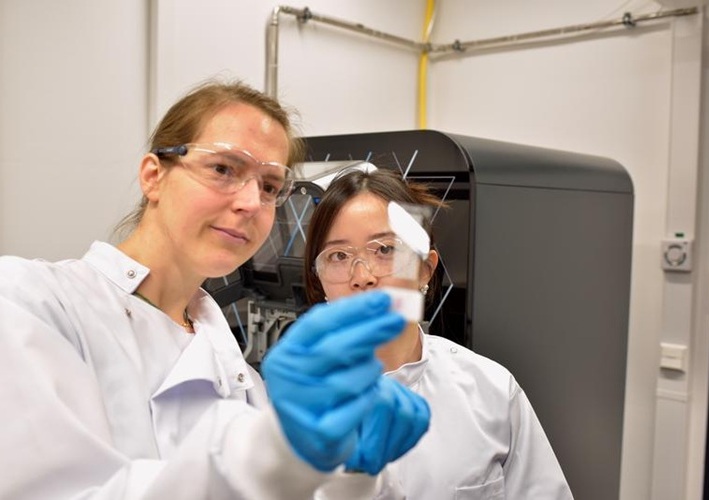
Mass Spectrometry Detects Bacteria Without Time-Consuming Isolation and Multiplication
Speed and accuracy are essential when diagnosing diseases. Traditionally, diagnosing bacterial infections involves the labor-intensive process of isolating pathogens and cultivating bacterial cultures,... Read more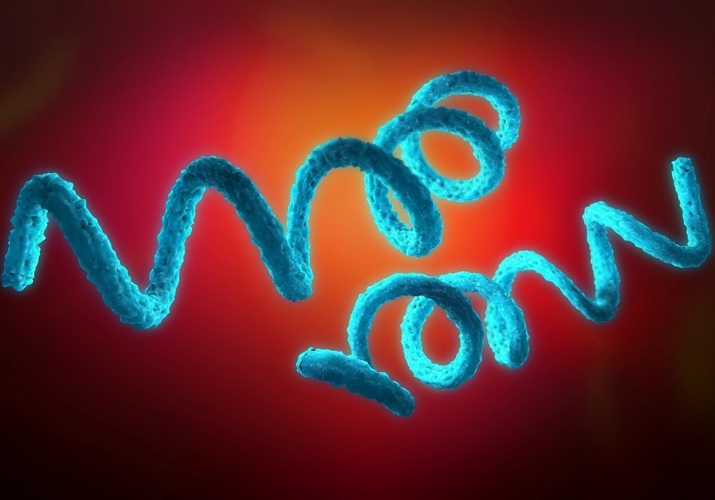
First Comprehensive Syphilis Test to Definitively Diagnose Active Infection In 10 Minutes
In the United States, syphilis cases have surged by nearly 80% from 2018 to 2023, with 209,253 cases recorded in the most recent year of data. Syphilis, which can be transmitted sexually or from mother... Read moreHematology
view channel
First Point-of-Care Heparin Monitoring Test Provides Results in Under 15 Minutes
Heparin dosing requires careful management to avoid both bleeding and clotting complications. In high-risk situations like extracorporeal membrane oxygenation (ECMO), mortality rates can reach about 50%,... Read more
New Scoring System Predicts Risk of Developing Cancer from Common Blood Disorder
Clonal cytopenia of undetermined significance (CCUS) is a blood disorder commonly found in older adults, characterized by mutations in blood cells and a low blood count, but without any obvious cause or... Read moreImmunology
view channel
Stem Cell Test Predicts Treatment Outcome for Patients with Platinum-Resistant Ovarian Cancer
Epithelial ovarian cancer frequently responds to chemotherapy initially, but eventually, the tumor develops resistance to the therapy, leading to regrowth. This resistance is partially due to the activation... Read more
Machine Learning-Enabled Blood Test Predicts Immunotherapy Response in Lymphoma Patients
Chimeric antigen receptor (CAR) T-cell therapy has emerged as one of the most promising recent developments in the treatment of blood cancers. However, over half of non-Hodgkin lymphoma (NHL) patients... Read moreMicrobiology
view channel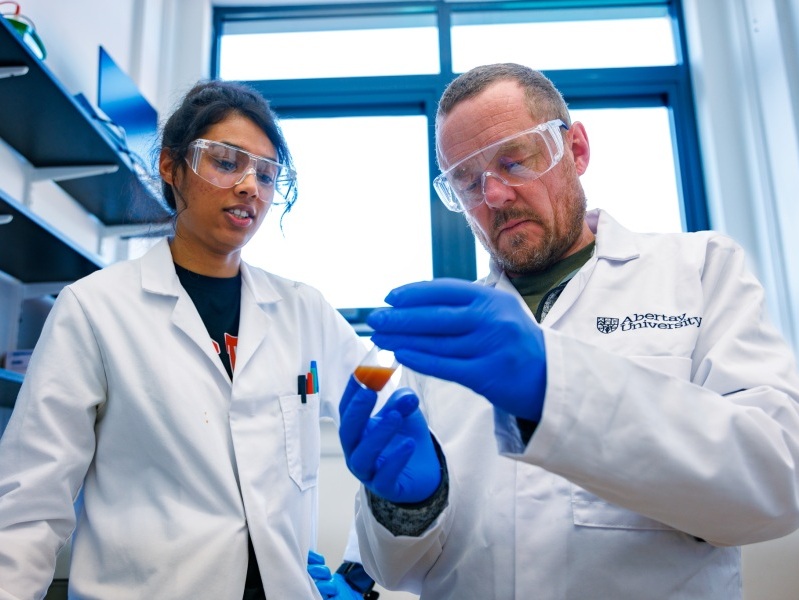
New Blood Test Detects Up to Five Infectious Diseases at POC
Researchers have developed a prototype flow-through assay capable of detecting up to five different infections, with results that can be quickly analyzed and transmitted via a specialized smartphone app.... Read more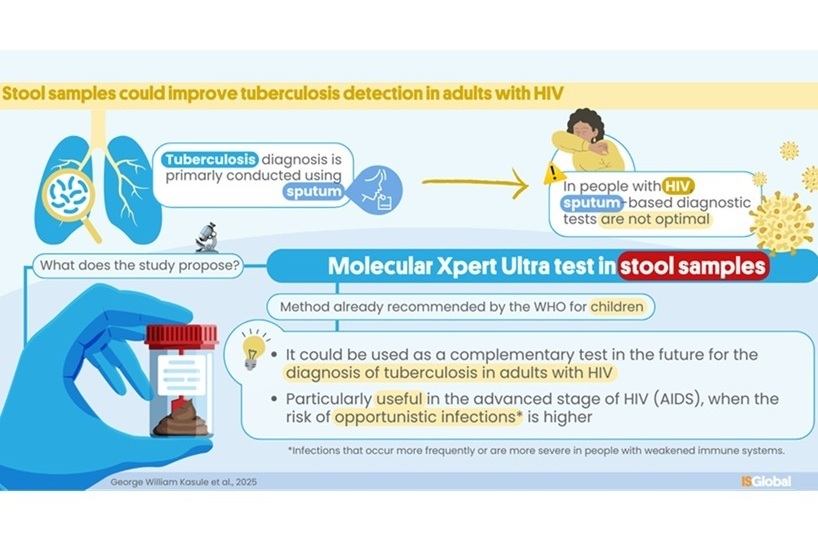
Molecular Stool Test Shows Potential for Diagnosing TB in Adults with HIV
Tuberculosis (TB), caused by the bacterium Mycobacterium tuberculosis, led to 1.25 million deaths in 2023, with 13% of those occurring in people living with HIV. The current primary diagnostic method for... Read morePathology
view channel
Groundbreaking Chest Pain Triage Algorithm to Transform Cardiac Care
Cardiovascular disease is responsible for a third of all deaths worldwide, and chest pain is the second most common reason for emergency department (ED) visits. With EDs often being some of the busiest... Read more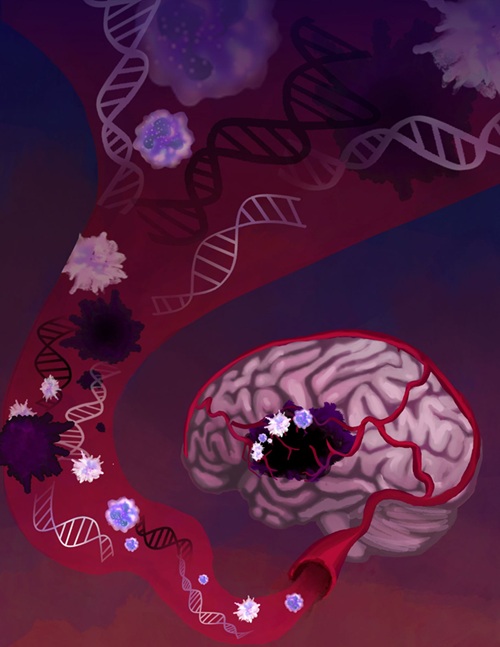
AI-Based Liquid Biopsy Approach to Revolutionize Brain Cancer Detection
Detecting brain cancers remains extremely challenging, with many patients only receiving a diagnosis at later stages after symptoms like headaches, seizures, or cognitive issues appear. Late-stage diagnoses... Read moreTechnology
view channel
Advanced Predictive Algorithms Identify Patients Having Undiagnosed Cancer
Two newly developed advanced predictive algorithms leverage a person’s health conditions and basic blood test results to accurately predict the likelihood of having an undiagnosed cancer, including ch... Read more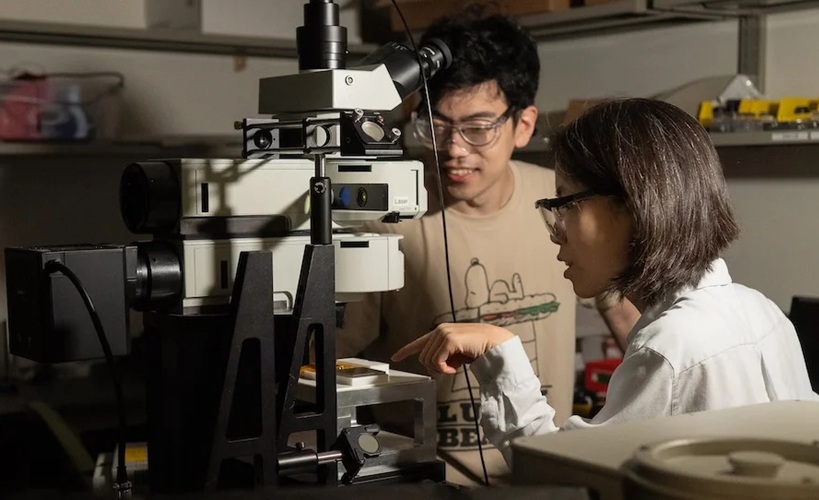
Light Signature Algorithm to Enable Faster and More Precise Medical Diagnoses
Every material or molecule interacts with light in a unique way, creating a distinct pattern, much like a fingerprint. Optical spectroscopy, which involves shining a laser on a material and observing how... Read more
Disposable Microchip Technology Could Selectively Detect HIV in Whole Blood Samples
As of the end of 2023, approximately 40 million people globally were living with HIV, and around 630,000 individuals died from AIDS-related illnesses that same year. Despite a substantial decline in deaths... Read more
Pain-On-A-Chip Microfluidic Device Determines Types of Chronic Pain from Blood Samples
Chronic pain is a widespread condition that remains difficult to manage, and existing clinical methods for its treatment rely largely on self-reporting, which can be subjective and especially problematic... Read moreIndustry
view channel
Qiagen Acquires NGS Analysis Software Company Genoox
QIAGEN (Venlo, the Netherlands) has signed a definitive agreement to acquire Genoox (Tel Aviv, Israel), a provider of artificial intelligence (AI)-powered software that enables clinical labs to scale and... Read more
Cepheid and Oxford Nanopore Technologies Partner on Advancing Automated Sequencing-Based Solutions
Cepheid (Sunnyvale, CA, USA), a leading molecular diagnostics company, and Oxford Nanopore Technologies (Oxford, UK), the company behind a new generation of sequencing-based molecular analysis technologies,... Read more
Grifols and Tecan’s IBL Collaborate on Advanced Biomarker Panels
Grifols (Barcelona, Spain), one of the world’s leading producers of plasma-derived medicines and innovative diagnostic solutions, is expanding its offer in clinical diagnostics through a strategic partnership... Read more









 Assay.jpg)


